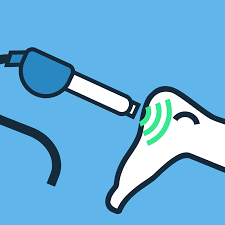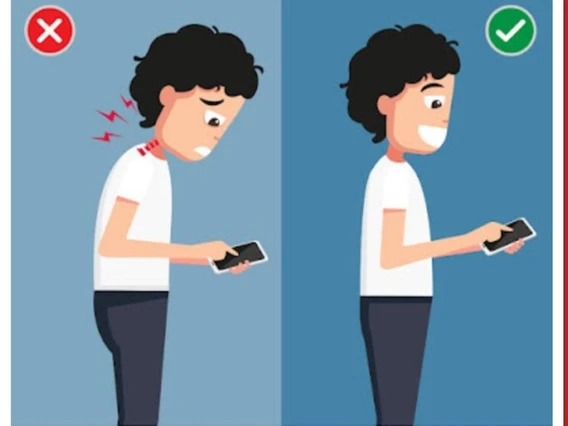Ice or Heat in Acute Injury?
The choice between ice and heat for treating an acute injury depends on the nature of the injury

and the symptoms present. Here are general guidelines:
1. Ice (Cold Therapy):
- Use ice for acute injuries or sudden injuries, such as sprains, strains, bruises, or acute inflammation.
- Cold therapy helps reduce swelling, numb pain, and constricts blood vessels, which can limit inflammation and promote healing.
- Apply ice for short durations, typically 15-20 minutes at a time, every 1-2 hours during the initial 48 hours following the injury.
- Always use a cloth or towel to protect the skin and avoid direct contact between the ice and the skin to prevent frostbite.
2. Heat (Warm Therapy):
- Heat is generally more appropriate for chronic injuries or conditions with muscle stiffness and tightness.
- It can help relax muscles, improve blood flow, and alleviate chronic pain or discomfort.
- Heat is not recommended for acute injuries with inflammation, as it can potentially increase swelling and make the condition worse.
- Apply heat in the form of a warm compress, warm towel, or hot water bottle for 15-20 minutes at a time. Ensure that the heat is not too intense to avoid burns.
It’s important to note that individual responses to ice and heat can vary, and some people may find one modality more effective than the other. Additionally, certain medical conditions may contraindicate the use of heat or cold therapy, so it’s advisable to consult with a healthcare professional if you have specific concerns or questions. If in doubt about whether to use ice or heat for a particular injury, the R.I.C.E. (Rest, Ice, Compression, Elevation) protocol is a common initial approach for many acute injuries. However, the decision should be based on the specific characteristics of the injury, and if symptoms persist or worsen, seeking professional medical advice is recommended.














































